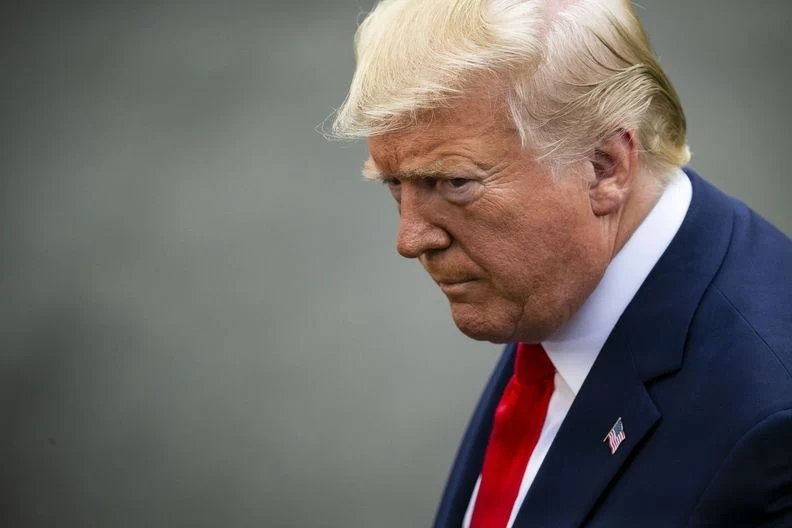The stock market continues to plummet on fears of a recession. We should worry more that Trump will mismanage a recession into a depression. We came close during the Great Recession of 2008, but Presidents George W. Bush’s and Barak Obama’s cabinets had qualified and experienced advisers who prevented it from plummeting it into another depression . Trump and his cabinet couldn’t even come close. Perhaps Federal Reserve Chair Jerome Powell should factor that into his model.
Bush and Obama called on Treasury Secretary Henry Paulson (previously Goldman Sach CEO), Fed Chairman Ben Bernanke, and NY Fed President Tim Geithner to save us with a bank bailout and an economic stimulus package in the face of public outrage against bailing out Wall Street. Every one of them had deep experience in US and international monetary policy and were deliberative and experienced in dealing with financial reversals.
Who will save us next time? Not Trump. He’s anything but deliberative or knowledgeable about economic and monetary policy. Neither will the most dangerous, unqualified cabinet in America’s history who are there only to condone Trump’s every decision. The only helpful expert that remains, because Trump can’t fire him, is Federal Reserve Chair Jerome Powell who won’t accommodate Trump by lowering interest rates to boost the economy because it would also boost inflation. Quite predictably, Trump tore into him for, ironically, not stopping inflation. Just hours after Powell announced the Fed would pause interest rate cuts, in a display of either ignorance or mendacity, Trump posted on Truth Social, “If the Fed had spent less time on DEI, gender ideology, “green” energy, and fake climate change, Inflation would never have been a problem.”
Trump is impulsive and acts out of random anger without considering the consequences. He launched his 1917 steel tariffs when he became “unglued” over Hope Hicks’ testimony about Russia’s election interference and his chief of staff dropping his son-in-law’s security clearance. There were no approved explanations, no strategy to alert foreign trade partners or Congress of the tariffs, and no vetted communication plan other than an email that hadn’t been approved by White House advisers. No one at the State, Treasury or Defense Departments were told that a new policy was about to be announced.
To get a sense of the challenge Trump would face, look at how the Bush and Obama cabinets were able to save us from a depression. They coordinated the major central banks to announce then lower interest rates at the same time. Even China was persuaded to join in. Then the Fed and five other central banks announced cross-border dollar liquidity through currency swaps.
What would Trump do? First he’d assure us that “it will disappear like a miracle,” just as he promised during the Covid pandemic. Trump will not be able to coordinate other countries because they’ve lost all trust and confidence in him, leaving our relationships in tatters.
Although American’s are uneasy about Trump’s reckless trade policies, Federal Chair Jerome Powell isn’t worried that they’d damage the economy. Fed policymakers generally manage uncertainty by trying to predict the different ways the economy could evolve based on economic models using a vast array of data. Just like the Fed’s model missed the 2008 recession, today’s Fed model is missing Trump’s pernicious characteristics that threaten a depression.
Don’t ask why Trump would put America into a depression. There are three answers: First, it won’t hurt him, he will always take care of himself and his oligarchs; Second, he’s a sociopath incapable feeling empathy or caring about others; Third, his presidency is only his first step to a world order dominated by him, Putin and Xi, so he’s intent on destroying America’s status as a superpower. Don’t default to an oh-that- can’t-be-true denial. It’s happening now. And Jerome Powell ought to considerate it.







